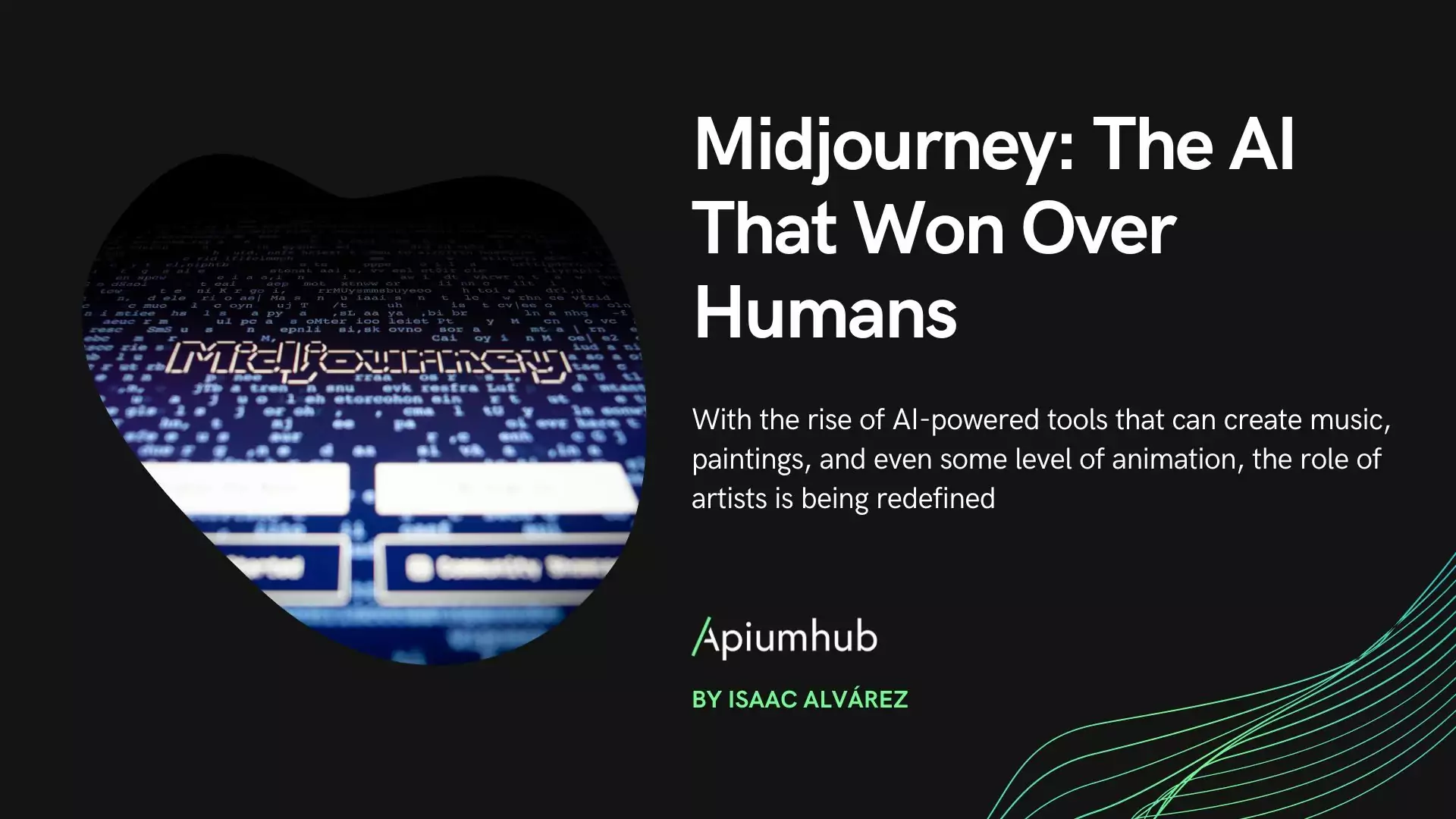Table of Contents
It’s been a year since Virtual Reality technology market has been officially launched and now after 12 months of the real performance of the major tech players, we can finally see the real trends, statistics and the future of VR market. In this article, I would like to dive into Virtual Reality technology as tech trend and show you what we know about VR market for today, market predictions and of course, take a look at great startups actively using virtual reality technology. Let’s begin our VR journey.
What is Virtual Reality technology?
VR is an artificial, computer-generated simulation or recreation of a real life environment or situation. It immerses the user by making them feel like they are experiencing the simulated reality firsthand, primarily by stimulating their vision and hearing.
- To create and enhance an imaginary reality for gaming, entertainment, and play (Such as video and computer games, or 3D movies, head-mounted display).
- To enhance training for real life environments by creating a simulation of reality where people can practice beforehand (Such as flight simulators for pilots).
- Virtual reality is possible through a coding language known as VRML (Virtual Reality Modeling Language) which can be used to create a series of images, and specify what types of interactions are possible for them.
Statistics, facts and predictions for VR market
Nielsen just publishes latest statistics and showing that for today 51% of respondents know what a VR or AR-headset is. A year earlier heard about these devices, only 28% of respondents. Thus, in just one year, people’s awareness of the technology of virtual and augmented reality has almost doubled. Among gamers, awareness of VR-headsets and games increased from 37% to 63%.
If the last year’s profit of VR was 1.8 billion dollars in 2017 is predicted to earn 5 billion dollars. According to The Motley Fool, virtual reality technology is expected to be a $30 billion industry by 2020. At the same time, most of the money will be received from the sale of virtual reality headsets, games and videos.
According to AngelList, tracking startups, at the moment there are 1449 virtual reality startups, with an average of $ 5 million valuations each.
Facebook announced in 2016 that there’s already available 250 applications for Facebook Oculus Home ecosystems. It is not so much compared with two million applications in the Google Play store, but it’s well enough to take a diverse user a virtual reality headset. As well as, Google, Facebook currently takes 30% of all sales of virtual reality applications.
Virtual Reality technology trends in 2018
- vSport games. VR companies seek to cover all our home activities together with VR products: sports, shopping, theme parks. Virtual reality will touch and cover any possible social activity. For example, currently, there are several companies developing VR software that will bridge the gap between the old and the new way of sport gaming that we can call vSports – games and experiences that take the competitive and physical nature of traditional sports and merge it with the digital immersiveness of virtual reality.
- Full immersion. There is no end in perfecting the visual and auditory aspects of experiencing a virtual environment., that’s why in the nearest future we might be already experiencing touch and smell senses while using VR headsets.
- Strategic Alliances. Big tech companies see the necessity to share their expertise and knowledge between each other to achieve better results. For example, Intel and Microsoft will be collaborating in order to optimize Windows-based content on Intel-based VR devices.
- Virtual Reality cinemas. Already this year, in Amsterdam will be opened the world’s first ever VR cinema. The world’s first ever Virtual Reality Cinema sprang to life in Amsterdam this year. Cinema experience will never be the same again: special effects, first person storytelling.
- Powerful processors. This trend was pretty obvious to be here. Together with all of this new powerful hardware and software, we are faced with a next step – efficient processors that are used for VR software and technologies. Even the slightest hint of lag can shatter the illusion of the virtual environment, so it is crucial computing power is keeping up with the other developments being made in the world of VR.
- The demand for VR developers. With some major players hunting for the very special talent, a demand of developers has emergently grown. For example, in Facebook around 200000 of developers have already registered as engaged in the development of games for the virtual reality headset Oculus Rift. Seems like in 2017 this trend continues to gain momentum.
- Virtual Reality shopping experience. The wall between VR and shopping will be broken. Actually, Alibaba was a pathbreaker that created a VR tour for its buyers, although this kind of shopping is still kinda in its infancy. Many predictors believe that the future of VR shopping is directly connected with a continuous growth of the VR industry itself. Without any doubt, for the future of buying clothing online, retailers could have a huge advantage. More about VR shopping experience you can read here.
- Cost Reduction. If you need to buy a single VR headset, it won’t cost you an arm and leg. However, taking into account that you’d like to use it together with a PC/laptop, then it would cost you much much more. Unfortunately, VR software needs much more power than the average computer could provide and the final cost of your VR system might cost you more than few thousands of dollars. Fortunately, a few years of research and development, combined with tapered cultural expectations should iron out the cost issues. Major tech brands will likely work to get a fully operational all-in-one VR system under a thousand dollars within the next year or two, declining to only a few hundred dollars not long after that.
- Facebook Space. Probably, it’s the most awaiting and notable changes that VR market and users are waiting for. Facebook Spaces will deliver virtual hangouts in which users connect with one another through the proxy of avatars. The Facebook feature will eventually upload the company’s complete catalog of 360-degree imagery, meaning that users will be able to virtually meet almost anywhere.
How VR technology is impacting global industries
Travel
- Expedia’s VR tour of rooms during booking
- Virtual exploration of monuments and cities
- Adding entertainment to long flights
Education
- Virtual lessons with manipulable, 3D versions of course material, e.g. a model of a cell
- Virtual field trips to engage students
Healthcare
- Surgeon and doctor training on virtual patients
- Telemedicine and long-distance surgery
Space Travel
- Training not only humans but also robots for low gravity environments through the addition of harnesses and treadmills.
Great Virtual Reality technology startups to watch in 2018
1. Survios
It’s a gaming initiative. Being supported by LA tech community, Survios just closed one of the biggest rounds of funding of 2016 – a $50 million Series C. Their game – Raw Data has become the first VR game to top the overall Steam charts.
2. Altspace VR
Are you for something cool and catchy to hang out with your friends?! With more than 15 million euros of investments, Altspace created an interactive platform that you can use even on your iphone.
3. Prizmiq
As we already mentioned virtual reality shopping soon might be one of the main VR activities. Prizmiq felt this upcoming trend and created an innovative home shopping platform, bringing a photo-realistic 3D model of products for consumers to interact with them.
4. Magic Leap
Being supported by Google, Alibaba, WD studio and others, there is no doubt that Magic Leap working on something really revolutionary. The main idea is that through wearables, people will be able to interact with virtual objects in a cinematic way.
5. SurrealVR
SurrealVR offers a drop-in Social VR Framework for content developers and HMD manufacturers so that they can make any VR experience social. SurrealVR comes with cross-platform support for avatars, voicechat, networked gameplay and physics, shopping and more.
6.Opuscope
Have you ever thought that History can be combined with virtual reality technology and you will be enjoying the interactive process of learning? Opuscope develops Holostoria, a software program that will allow you to create holographic experiments, which are due to be released in early 2017. Holostoria is designed to highlight and amplify the storytelling. It will be used for the cultural, retail, luxury and event sectors, and has been already tested in Louvre.
7. WorldViz
Supported by Intel, WorldViz is revolutionizing how we interact with information, by bringing the immersive world of “The Matrix” closer to reality by making it possible to interact with and navigate fully virtual environments. Now you able to explore & experience worlds that no longer exist or imagined. For example, you will be able to walk around the living room of your new home before you remodel it or experience an office space before it’s even built.
8. Atheer Air
Atheer is a helpful VR software & tool that goes together with Atheer’s Air Glasses. They will display augmented reality toolsets like checklists and data read-outs that help provide deskless workers, like surgeons, with more information in the, remaining hands-free.
9. Jaunt VR
Jaunt is definitely the future of cinema that you can already test. Experience the widest array of premium cinematic virtual reality experiences with Jaunt’s re-imagined fully immersive app.
10. Inflight VR
Inflight VR is a Barcelona and Munich based company that is attempting to bring the future into the aviation industry. Their mission is to bring virtual reality to inflight entertainment and in doing so, they are creating a space that makes you feel fully immersed in a virtual environment. Their goal is to bring unique technology onboard an aircraft and give passengers an entirely new way to enjoy inflight entertainment.
Here you have an article about biggest tech trends of the past year, where you can find some useful data about Virtual reality.
And if you are interested in technologies, tech new or software development, I highly recommend you to subscribe to our month newsletter by clicking here.












One Comment
Vaibhav Nahar
Virtual reality is the future of the cognitive experience, and in the computing power, we see exponential growth, especially after quantum computing. More power signifies that the graphical rendering can be multiple folds faster, and interactive graphics can be in place.
In a post COVID era, new technologies like VR have a crucial significance, as it creates a unique point of interaction and reflects domains of the future: the niche of the niche is the need of the hour.